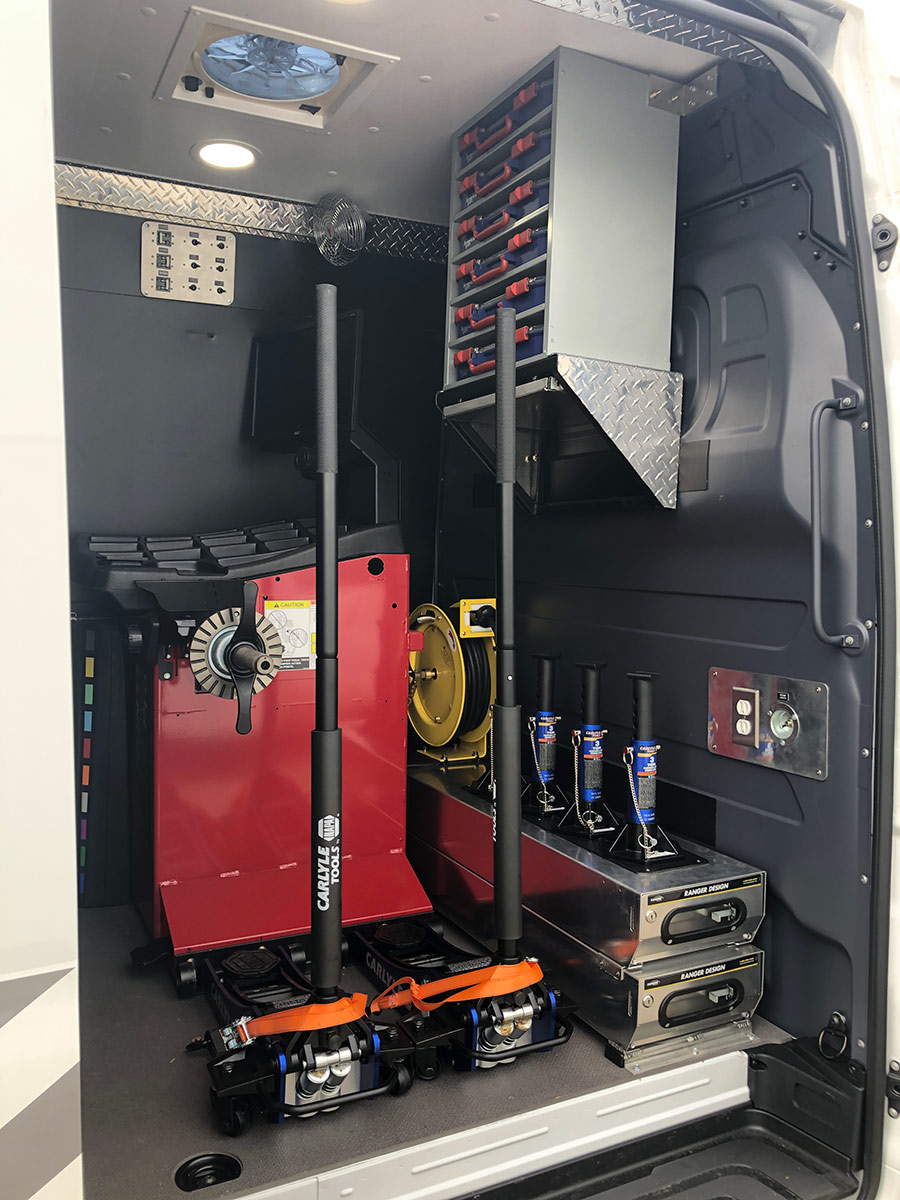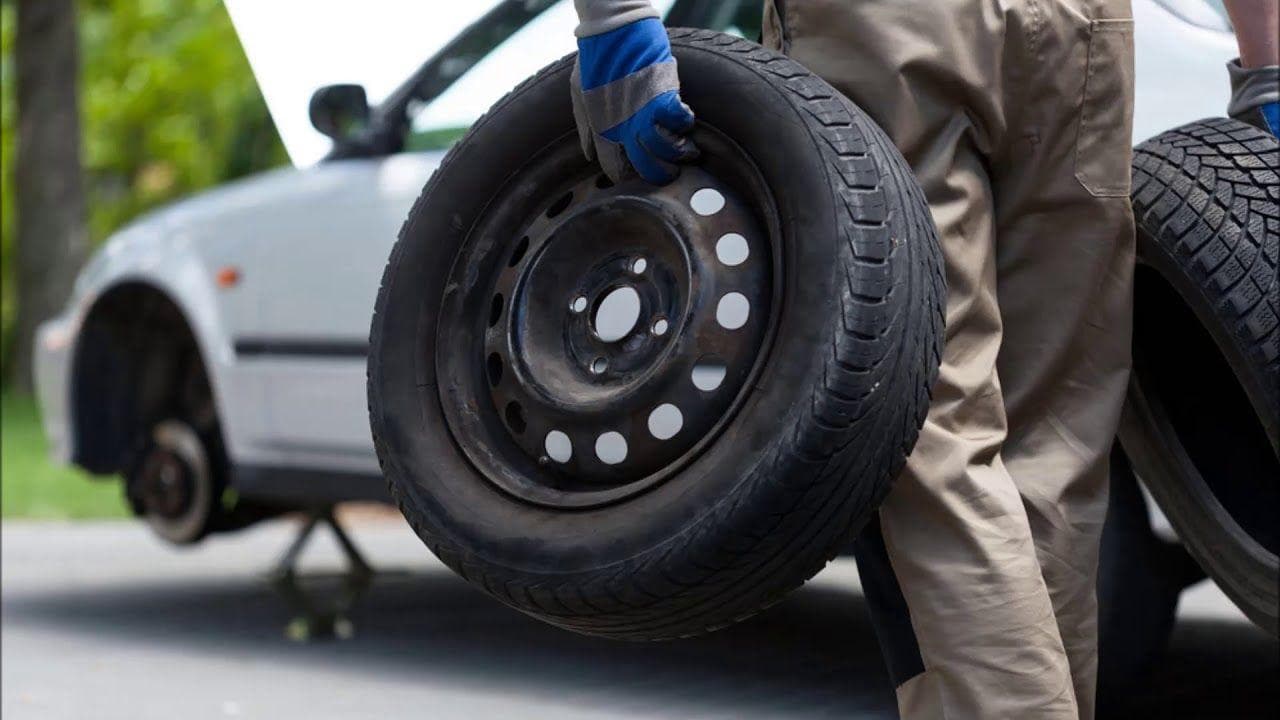Tire Service: Proven Approaches for Ideal Tire Maintenance and Treatment
Maintaining optimum tire problem is critical for both safety and security and performance of any kind of automobile. From ensuring appropriate tire pressure to routine rotation and alignment, there are tested methods that can dramatically prolong the life-span of your tires and enhance total driving experience. As we check out the details of tire treatment and maintenance, we will certainly uncover crucial guidelines that every lorry owner need to comply with for the very best feasible outcomes. Allow's look into the globe of tire service and find the secrets to keeping your tires in excellent shape for the long run.
Relevance of Tire Stress
Proper tire pressure is an essential consider guaranteeing optimal car performance and security when driving. Preserving the suggested tire stress degrees supplied by the maker uses many advantages. First of all, appropriate tire stress promotes better fuel efficiency, as under-inflated tires can lead to increased rolling resistance, causing the engine to function tougher and consume more fuel. Secondly, proper tire stress makes sure even tread wear, boosting tire long life and saving money in the long run by postponing the demand for premature replacements. In addition, appropriately inflated tires add to boosted handling and stopping abilities, essential for safe driving in various roadway conditions. Over-inflated tires, on the various other hand, can lead to reduced grip and a harsher trip. Conversely, under-inflated tires are vulnerable to overheating, which can lead to mishaps and blowouts. On a regular basis readjusting and inspecting tire pressure, specifically eventually journeys, is a basic yet effective method to boost automobile efficiency, extend tire life-span, and prioritize security on the road.
Tire Turning Standards
When taking into consideration tire rotation guidelines, it is crucial to understand the value of this upkeep job in optimizing tire lifespan and maintaining optimal vehicle performance. Tire turning entails transforming the position of each tire on a car to guarantee even tread wear. Front tires tend to wear faster than back tires as a result of guiding pressures, making normal turning crucial for balanced wear patterns. The suggested rotation pattern varies depending on whether a lorry is front-wheel, rear-wheel, all-wheel, or 4x4. Normally, tires need to be revolved every 5,000 to 7,500 miles, or as encouraged in the automobile handbook. Ignoring tire rotation can lead to irregular wear, impacting handling, grip, and possibly compromising car safety. By sticking to appropriate rotation standards, motorists can extend the life of their tires, boost fuel efficiency, and boost total driving experience. Routine rotation is a simple yet effective upkeep technique that contributes significantly to tire long life and lorry efficiency.

Advantages of Wheel Alignment
Ensuring proper wheel positioning after tire turning is critical for maintaining balanced wear patterns and making best use of car efficiency. Wheel placement refers to the change of the angles of the wheels to the producer's requirements. One of the key benefits of wheel positioning is boosted taking care of and steering reaction. When the wheels are appropriately straightened, it lowers steering effort, guaranteeing a smoother and a lot more regulated driving experience. Furthermore, right wheel placement aids to expand the life-span of your tires. Misaligned wheels can create irregular tire wear, leading to early tire substitute and raised upkeep prices.

Tire Tread Depth Examine
Performing a routine evaluation of tire walk deepness is essential for preserving risk-free driving problems and prolonging the life-span of your tires. The walk on your tires plays a crucial role in supplying grip, specifically in slippery or wet conditions. To inspect your tire step deepness, you can make use of a tread deepness scale or the dime examination. The recommended tread depth is at least 2/32 of an inch. If the walk deepness is listed below this limit, it is time to change your tires to ensure optimal performance and security when driving. Irregular step wear can show concerns with tire alignment, suspension, or pressure, highlighting the importance of regular step deepness checks. Disregarding to keep an eye on and preserve appropriate tread depth can lead to reduced grasp, longer stopping ranges, and a raised threat of hydroplaning. By integrating tire step deepness explore your routine upkeep schedule, you can drive with confidence knowing that your tires remain in leading problem.
Seasonal Tire Examination
Seasonal tire evaluation is an essential aspect of tire maintenance that ensures tires are all set to encounter the obstacles positioned by different weather condition problems. In preparation for winter season, it is important to check the tire stress consistently as chilly temperatures can cause tire stress to go down. By carrying out routine seasonal tire examinations, motorists can extend tire lifespan, boost gas efficiency, and most importantly, make sure a protected driving experience in varying weather condition problems.
Final Thought
To conclude, keeping appropriate tire pressure, turning tires frequently, aligning basics wheels appropriately, keeping an eye on tread deepness, and carrying out seasonal inspections are necessary practices for optimum tire care. By adhering to these verified methods, motorists can ensure their tires last much longer, perform much better, and contribute to general vehicle security. It is very important to prioritize tire upkeep to stop crashes, improve gas efficiency, and extend the life-span of tires.
Sufficient tire stress advertises better gas performance, as under-inflated tires can lead to increased rolling resistance, triggering the engine to function harder and take in even more gas.When considering tire turning standards, it is essential to comprehend the value of this upkeep task in optimizing tire life-span and maintaining ideal automobile efficiency. Seasonal tire inspection is a fundamental aspect of tire maintenance that makes sure tires are prepared to face the difficulties presented by description various climate problems. By performing regular seasonal tire inspections, drivers can lengthen tire life expectancy, improve gas effectiveness, and most notably, make certain a safe and secure driving experience in varying weather problems.
In conclusion, keeping proper tire pressure, rotating tires routinely, lining up wheels properly, keeping track of walk depth, and conducting seasonal inspections are important practices for optimal tire care.